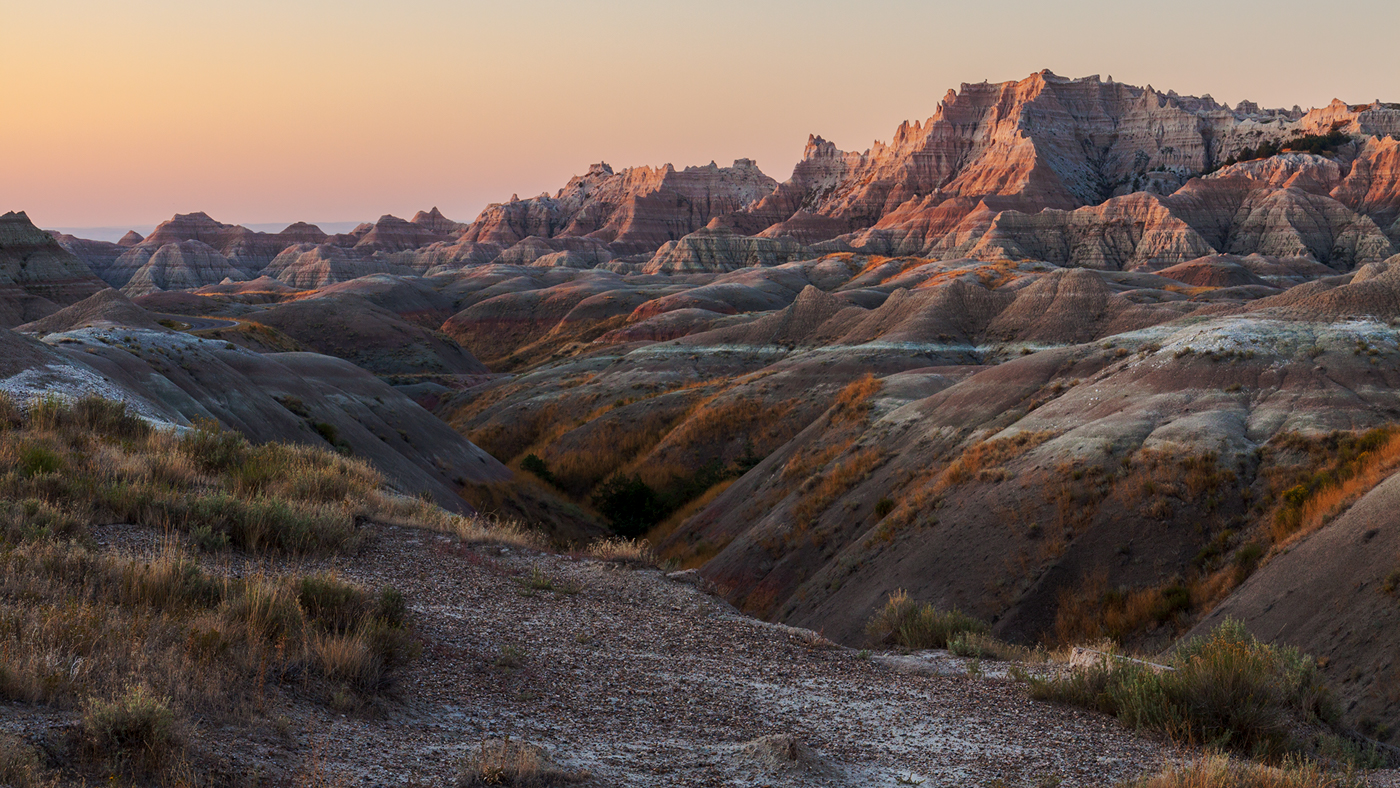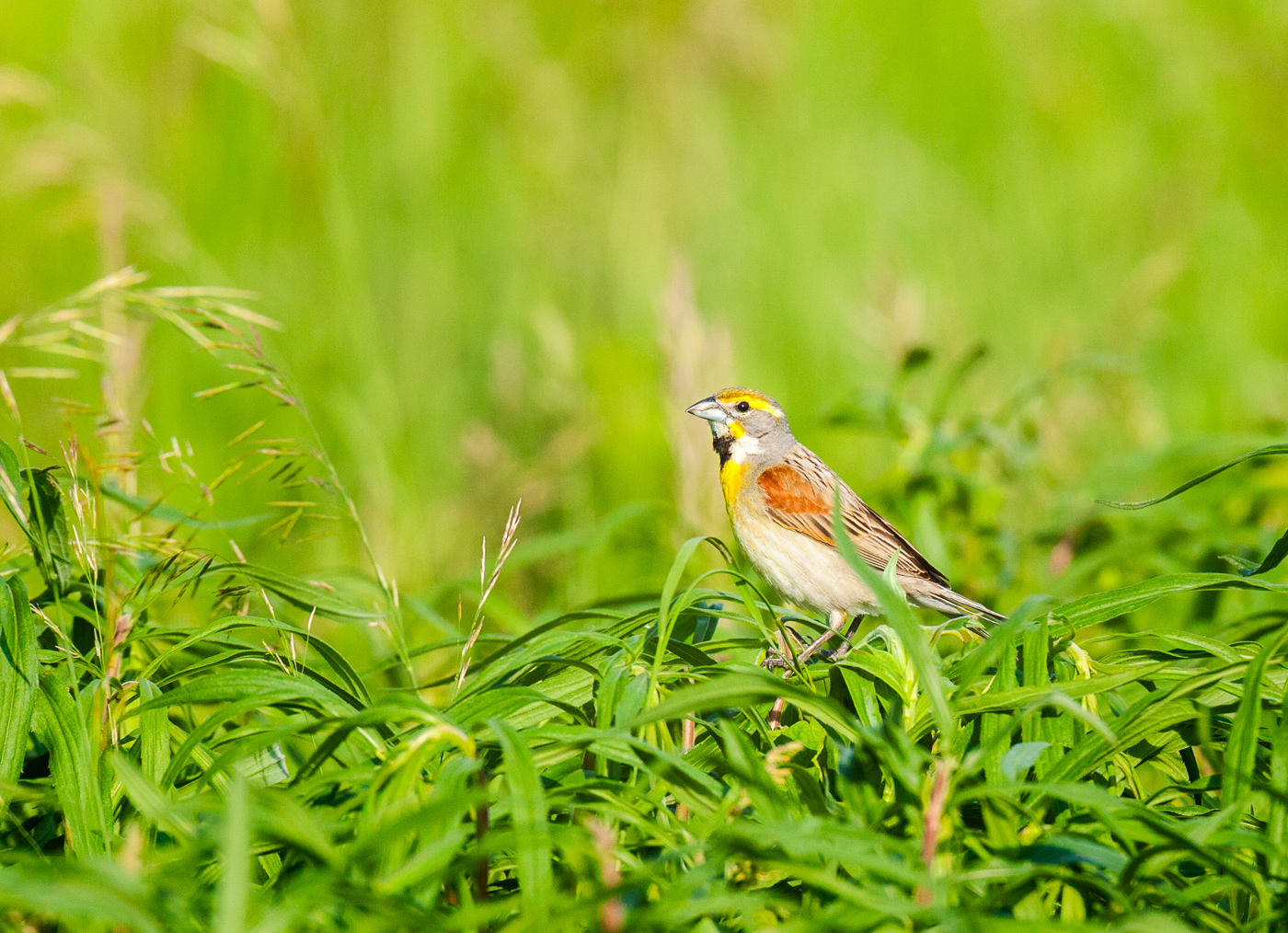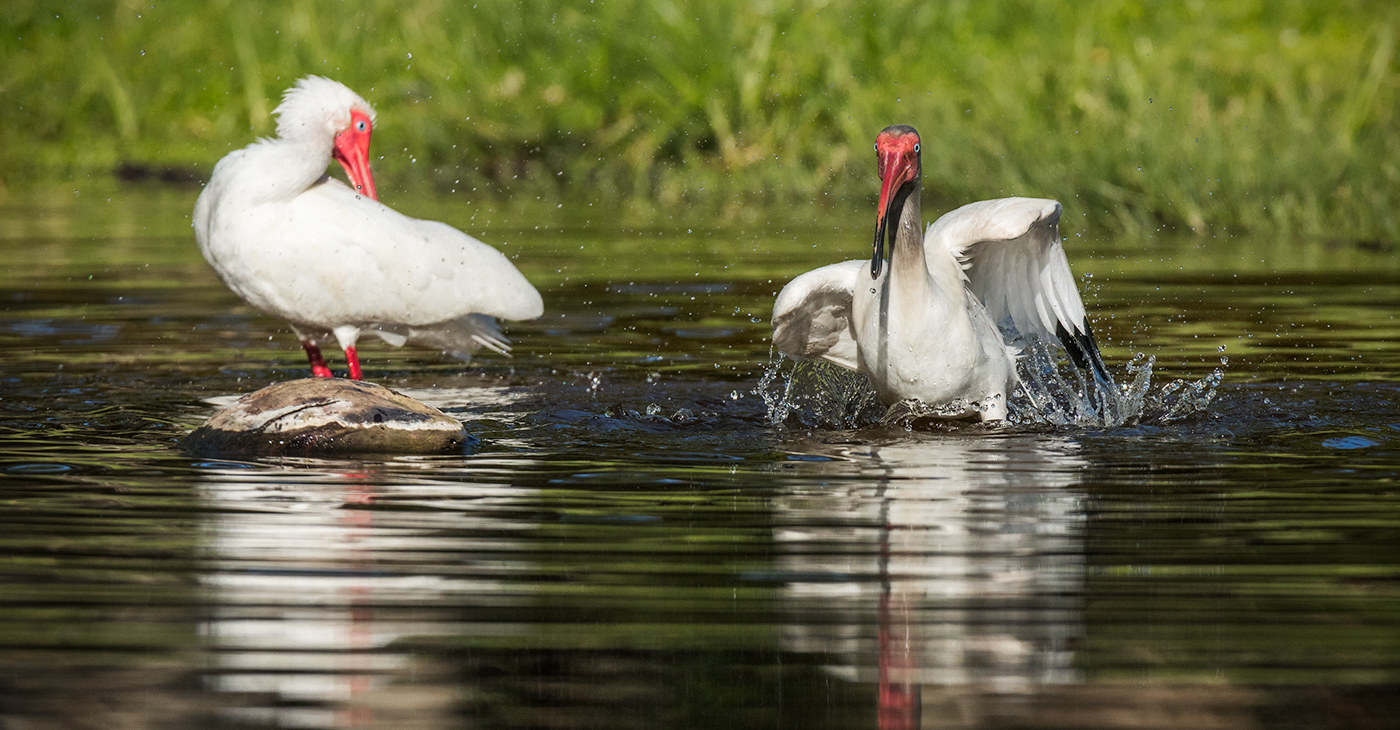Gloaming is a Scottish word for the dim light in the sky after the sun is down. It's a word in Chicago Cubs lore for Gabby Hartnett's home run 80 years ago before there were lights in Wrigley Field. Darkness descended on the field and the umpires said the September game would end in the ninth inning. The rules then required a suspended game be replayed in its entirety. With the score tied, and two outs and two strikes, Hartnett's ball went into the darkness and landed in the bleachers, and Cubs swept the Pirates and won the pennant--the Homer in the Gloamin'.
Gloaming street, Edinburgh, Scotland
I experienced a beautiful display of gloaming skies a few years ago at Badlands National Park, South Dakota. The sun had set but the last light was still reflecting off the west-facing peaks.
Badlands peaks at dusk
The soft light seeped into the badlands.
Dusky glow, Badlands National Park
The next morning, well before the sun came above the horizon, the gloaming light made the features glow.
Door trail dawn












































































